
Vespa: The scooter with a sting
Seventy-five years ago the first Vespa was presented to the public in Rome. Since then the zippy motor scooter has become synonymous with freedom and fashion on a global level – and Switzerland received its own special model.
During summer months, these iconic vehicles can be spotted all over the Alpine country. “Switzerland became a hot spot for Vespa hobbyists because of the proximity to Italy – the country has a huge community of second-generation Italians who have certainly infected the Swiss with this virus,” says Silke Küste, member of the Vespa Club Zurich and designer of its magazine.
Robust, affordable and easy to ride: those were the main specifications for a small motorbike that Enrico Piaggio gave to engineer Corradino D’Ascanio. It also had to keep the rider’s clothes clean. Piaggio had inherited an aeronautical company, but when this was destroyed by Allied bombing during the Second World War, he looked for a plan B. Sensing demand in a battered country for a certain sense of freedom, he decided to make a personal – and cheap – form of mass transport: a motorised scooter.
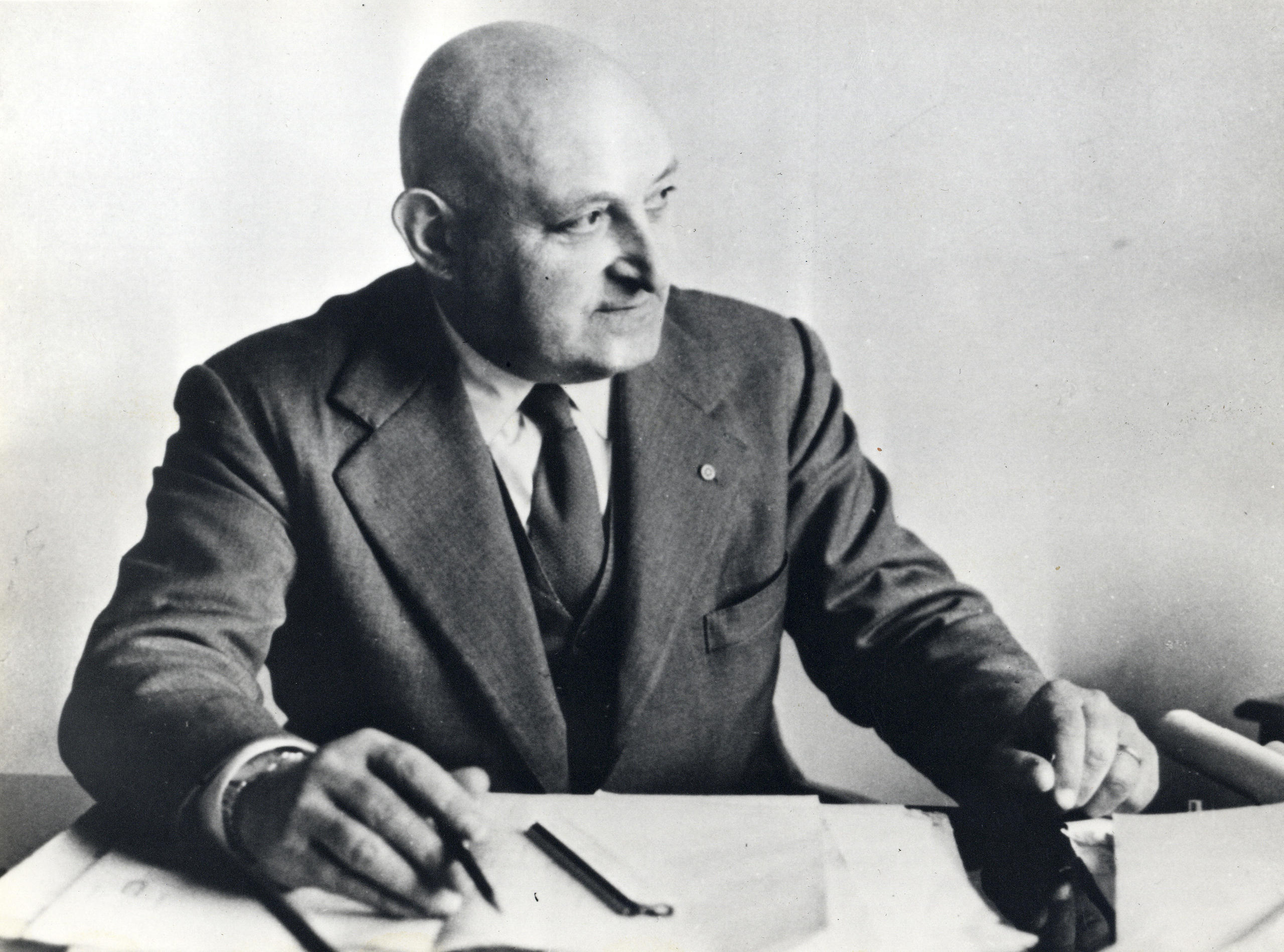
D’Ascanio achieved this by using light but solid materials – originally built from spare parts from Mussolini’s planes – and combined the popularity of two-wheeled transportation with the comfort of a car. Because of its unique design, notably the handlebars, and its unmistakable sound, the scooter was named the “Vespa”, Italian for wasp.
It was an immediate hit. Teenage boys (and older men who still lived at home) were able to take their sweethearts somewhere private, and more women took to driving a Vespa as no heavy leather suits were necessary. What’s more, it could be easily repaired.
Vespas in Switzerland
The concept of the new Vespa scooter spread like wildfire, with Switzerland taking up the trend by hosting the first International Vespa Rally in Geneva in May 1951External link.
More than 500 vehicles from all over Europe took part and, following that success, the Vespa Club of Switzerland was founded in 1952.
“Switzerland was the first country to import Vespas,” Silke Küste points out. “The Vespa Rally 175 model, built between 1970 and 1973, was especially made for the Swiss market to conform with road tax laws in Switzerland.”
By 1960, global sales had risen to two million. Vespa had become a lifestyle and was grabbing attention as a prop for film stars and as the vehicle of choice for the Mod subculture in Britain. Since then, millions more have been manufactured and exported around the world, including for use in campaigns by fashion labels such as Agent Provocateur, Vivienne Westwood, Givenchy and Dolce & Gabbana.
Küste estimates that Switzerland is today home to 50 official clubs with more than 1,000 members as well as 30-40 unofficial clubs. The next annual meeting of the international Vespa organisation (Vespa World DaysExternal link) will be held in Switzerland but has been postponed due to the pandemic until 2023.






























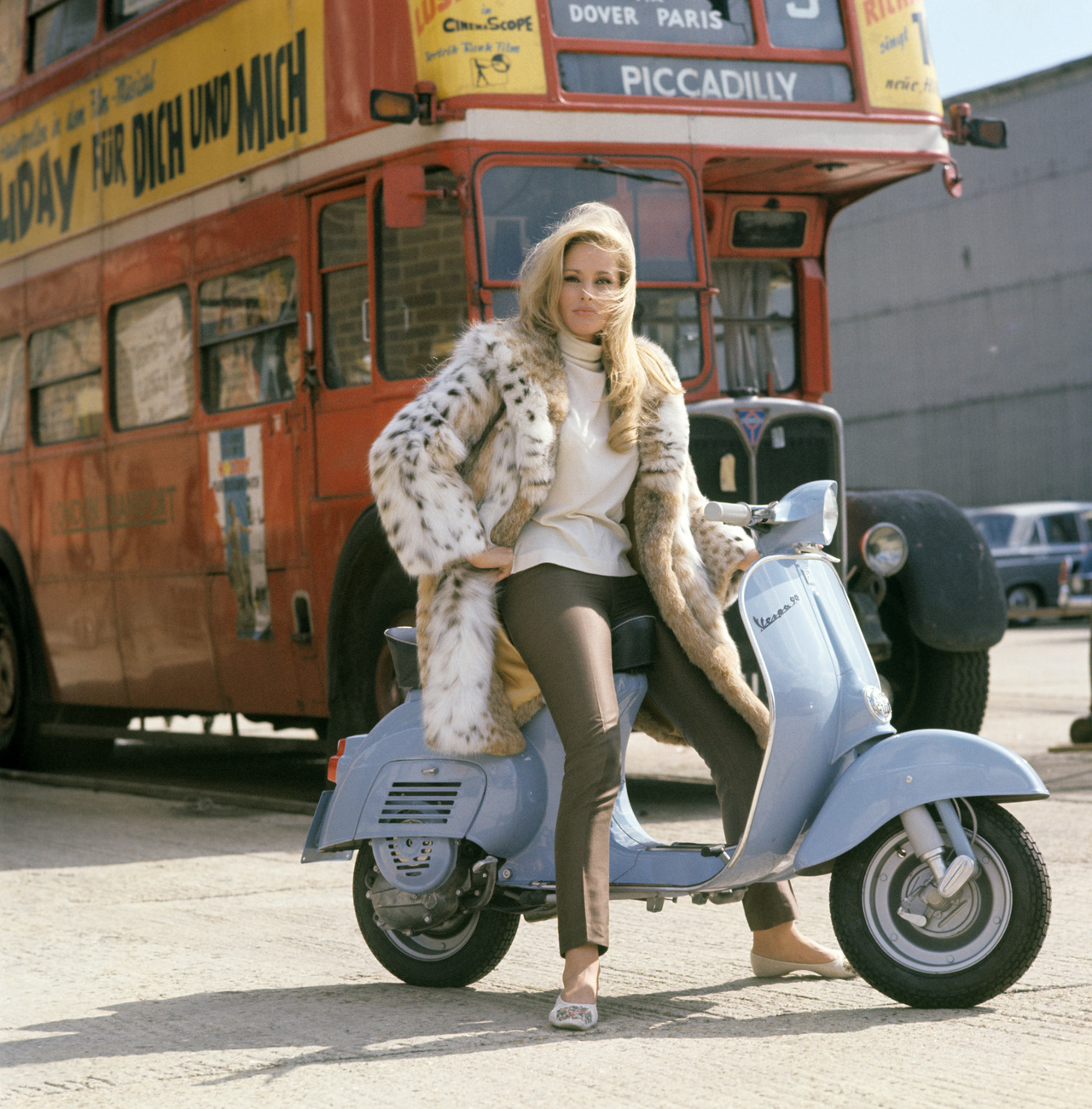

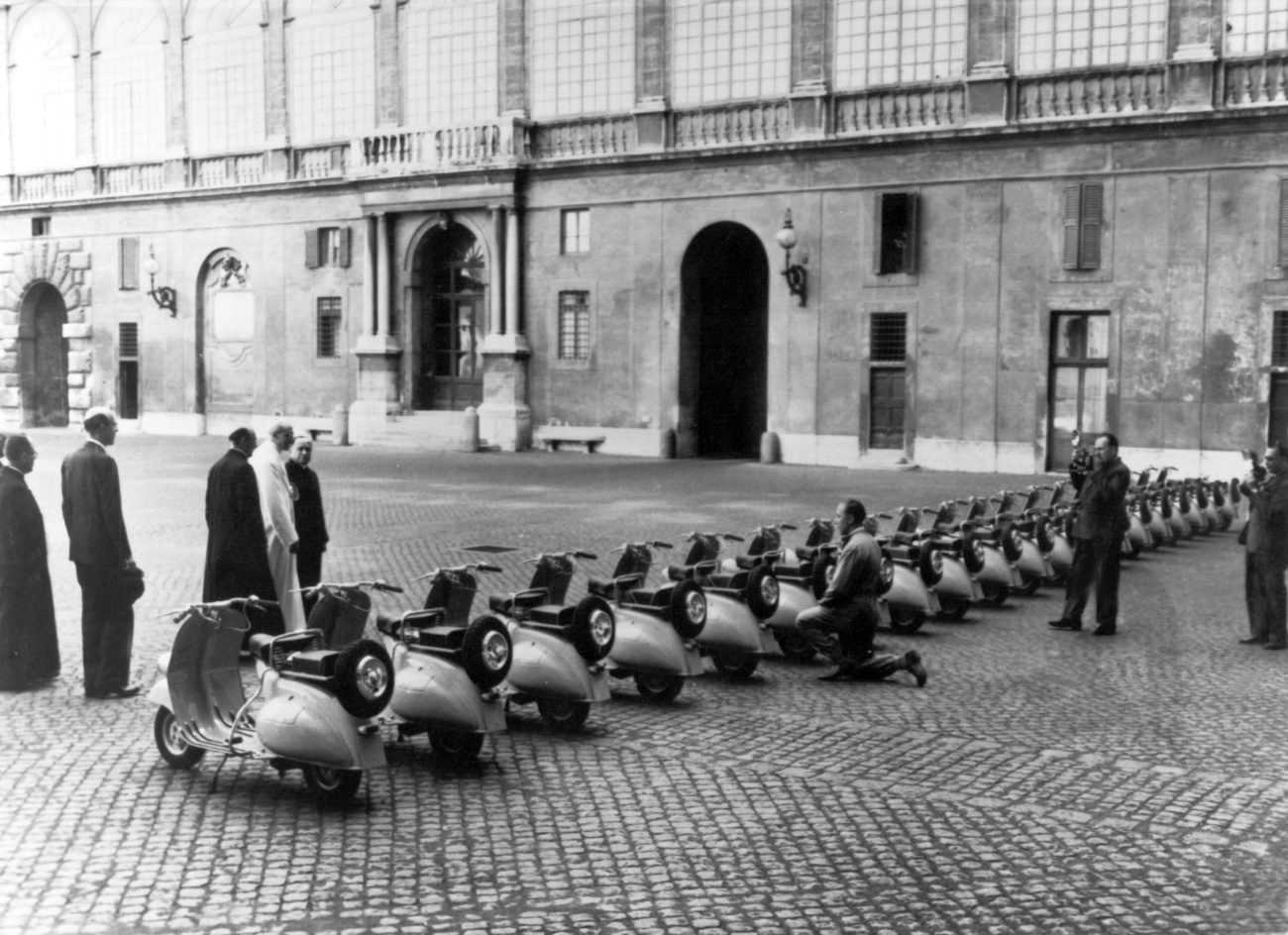
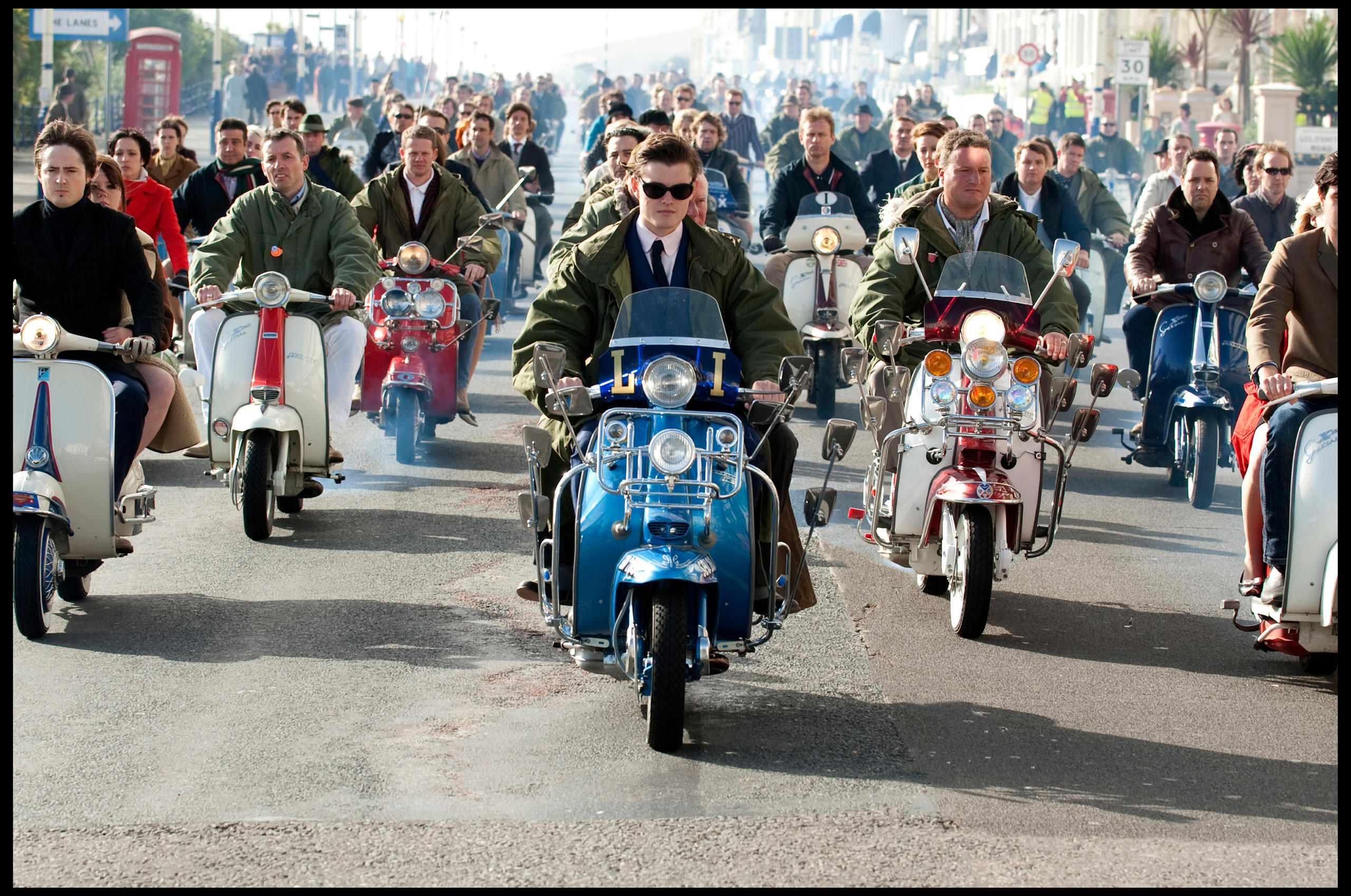
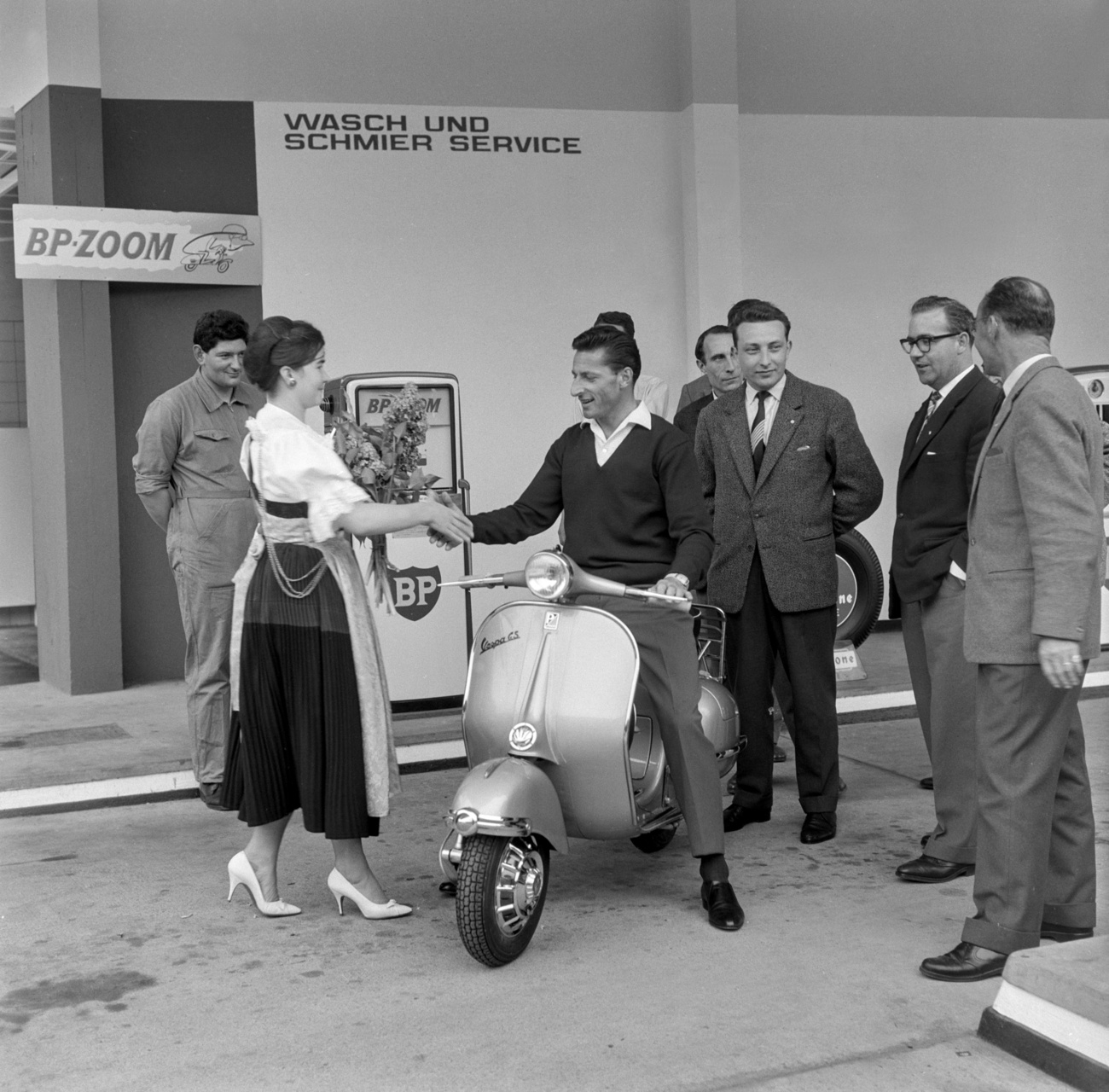
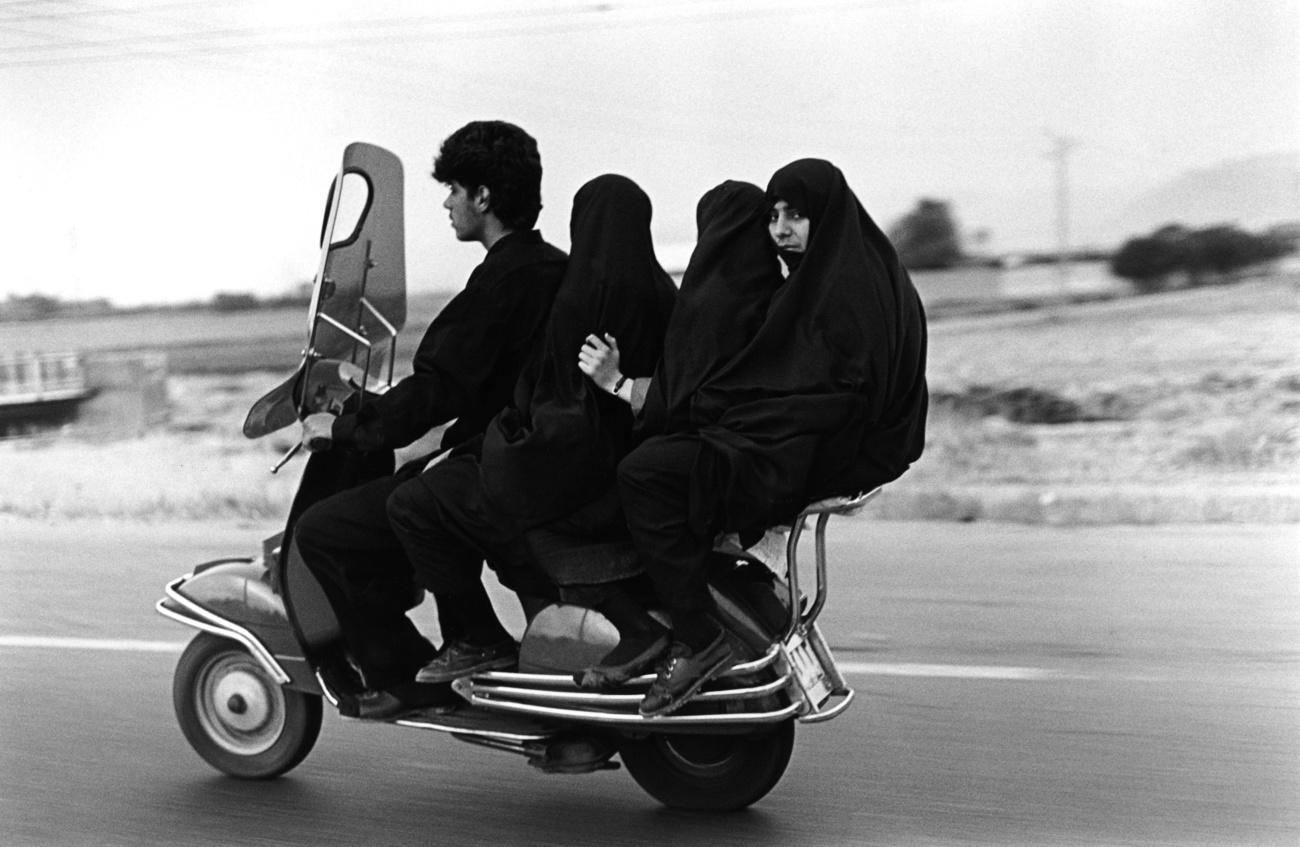
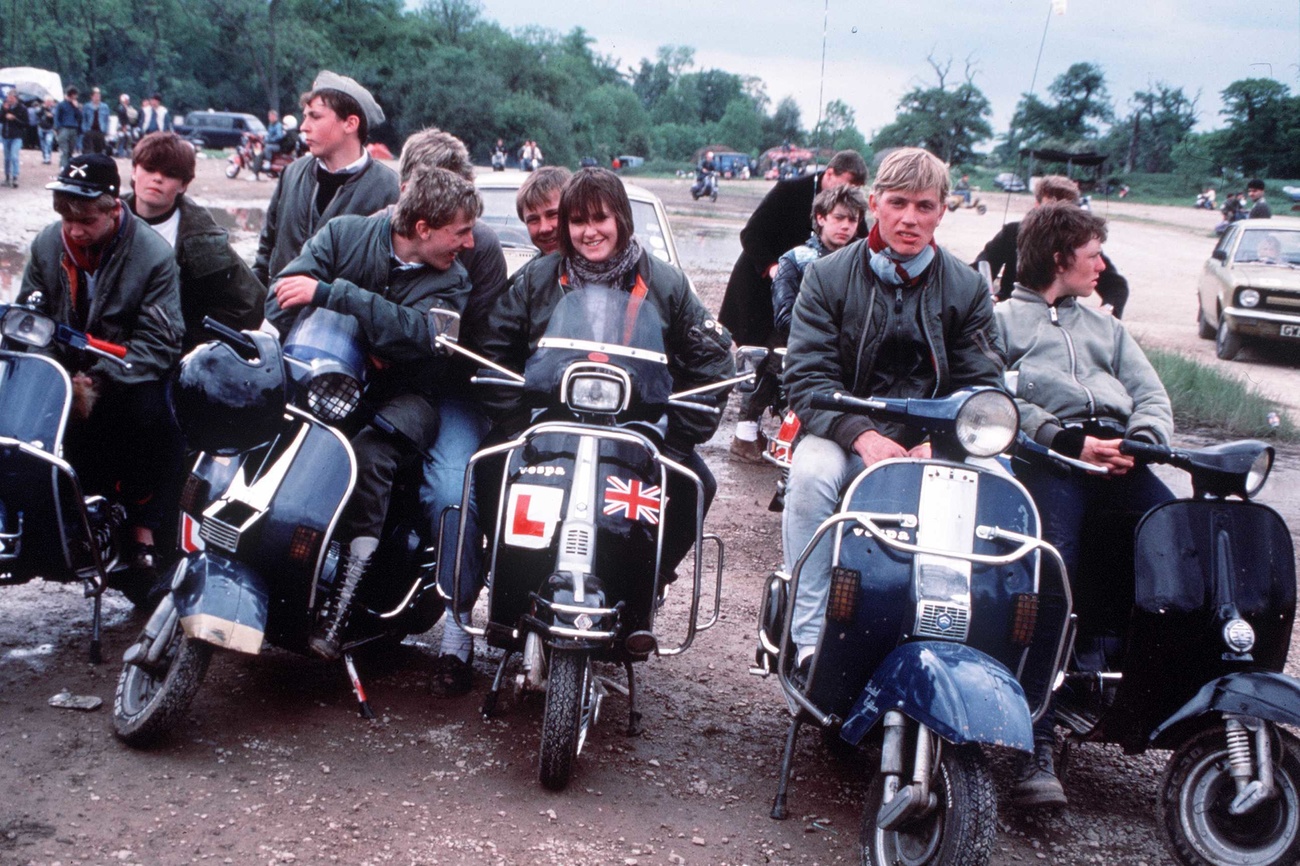
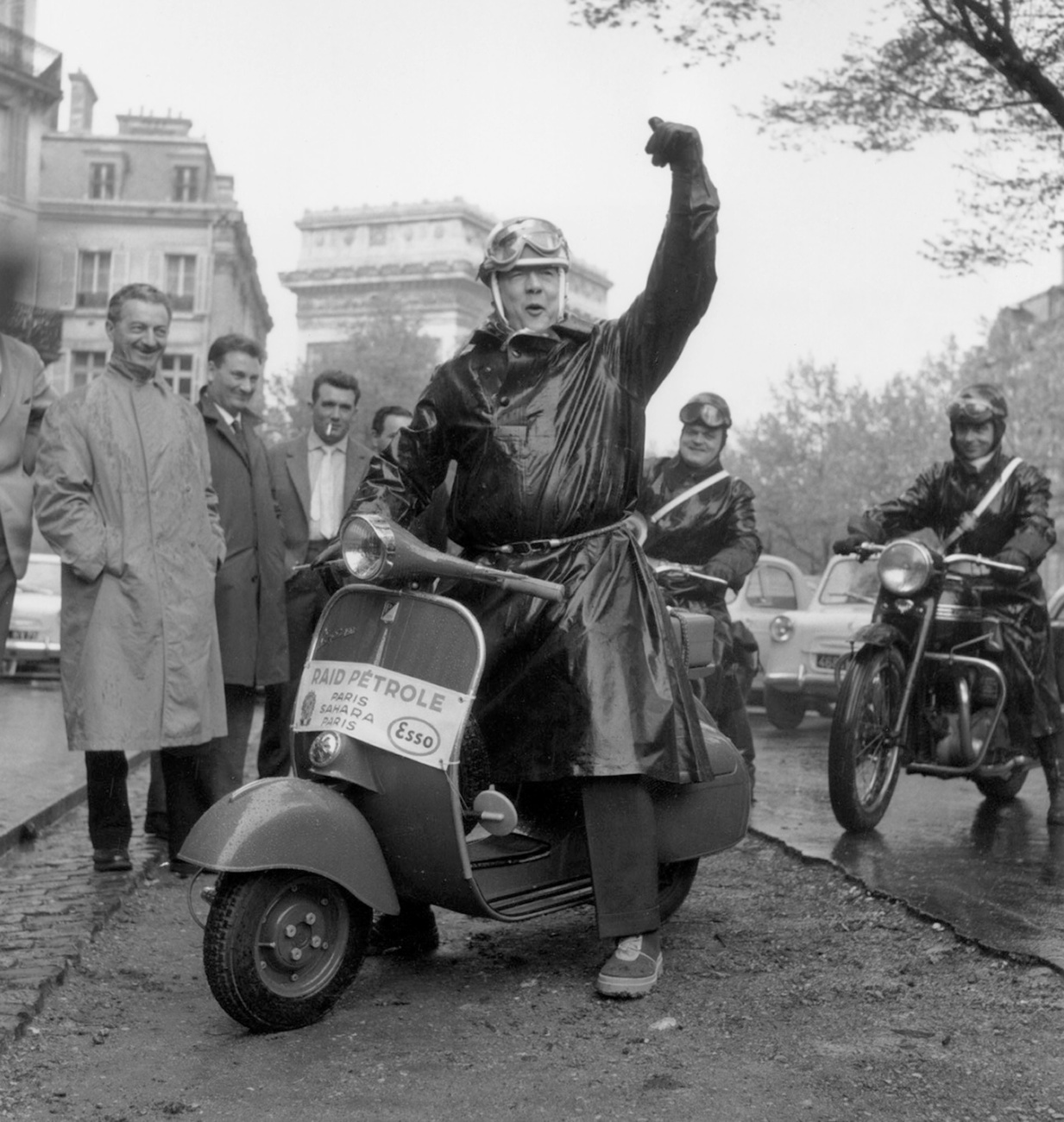
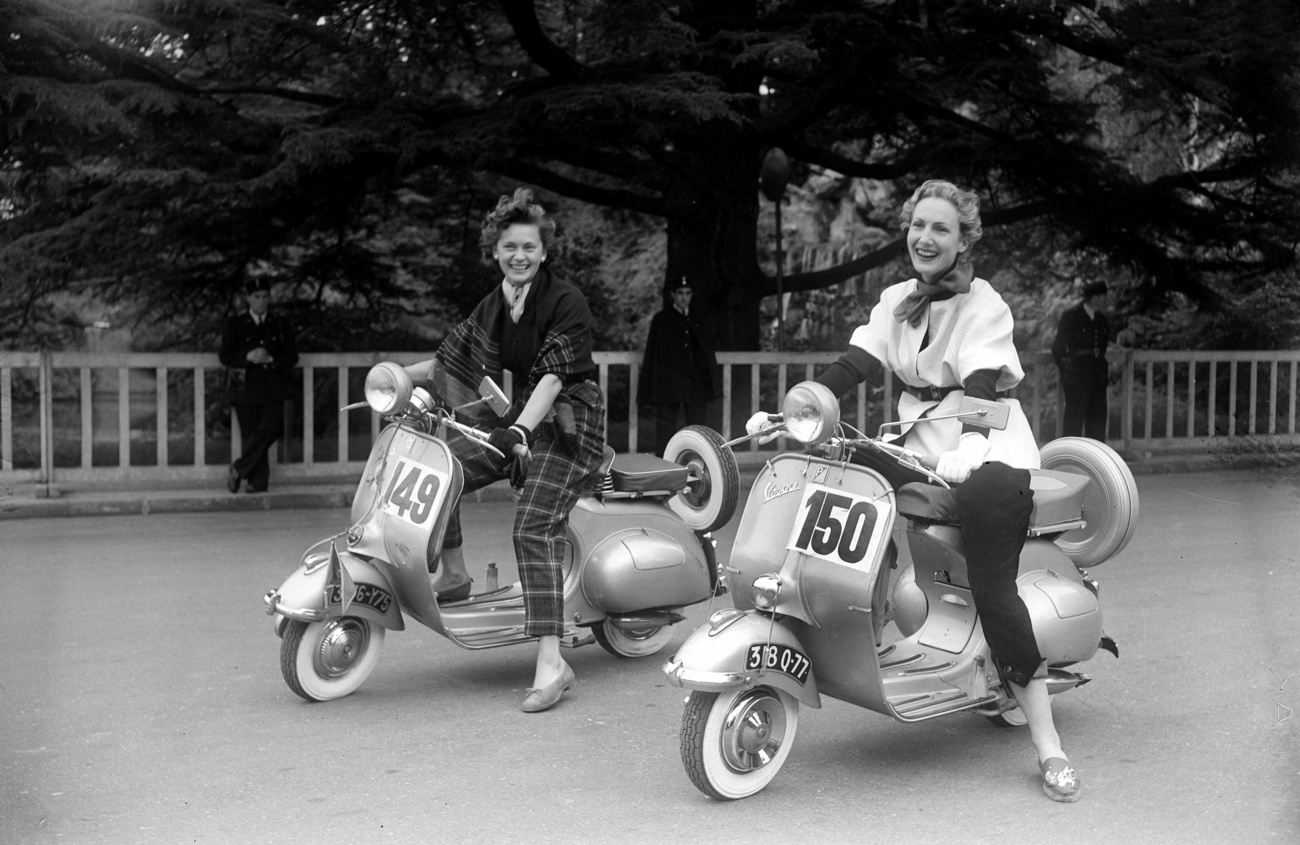
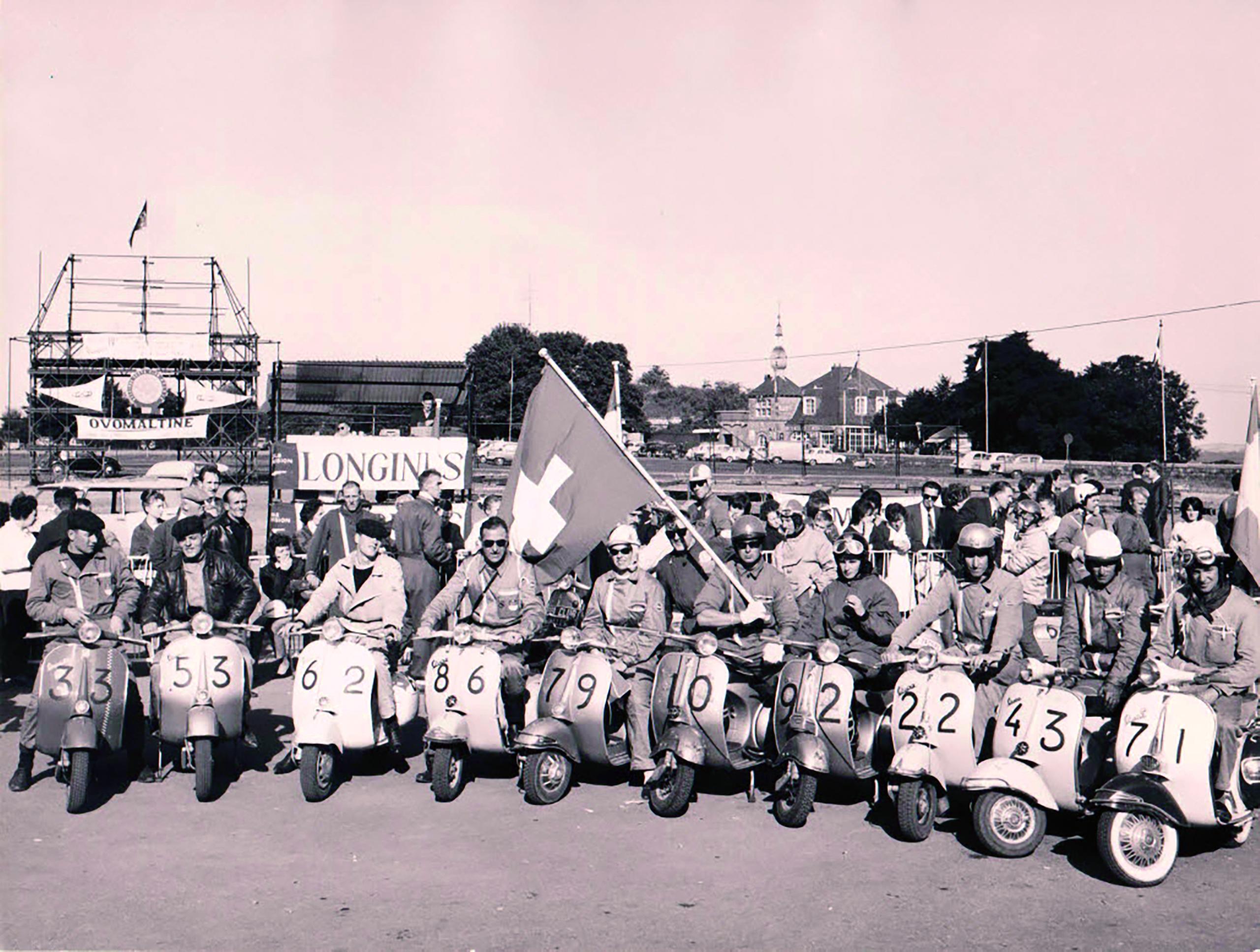
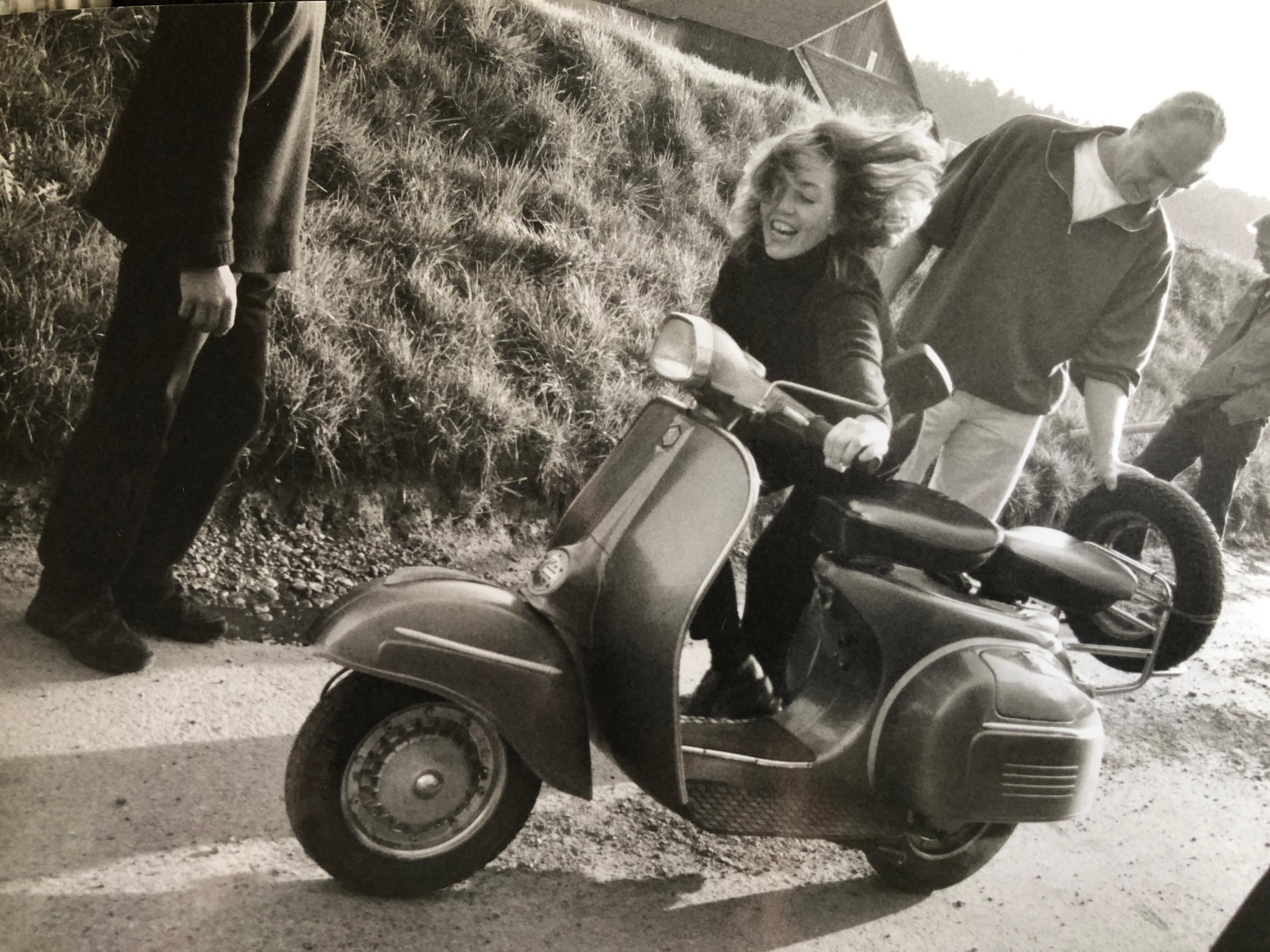
You can find an overview of ongoing debates with our journalists here . Please join us!
If you want to start a conversation about a topic raised in this article or want to report factual errors, email us at english@swissinfo.ch.